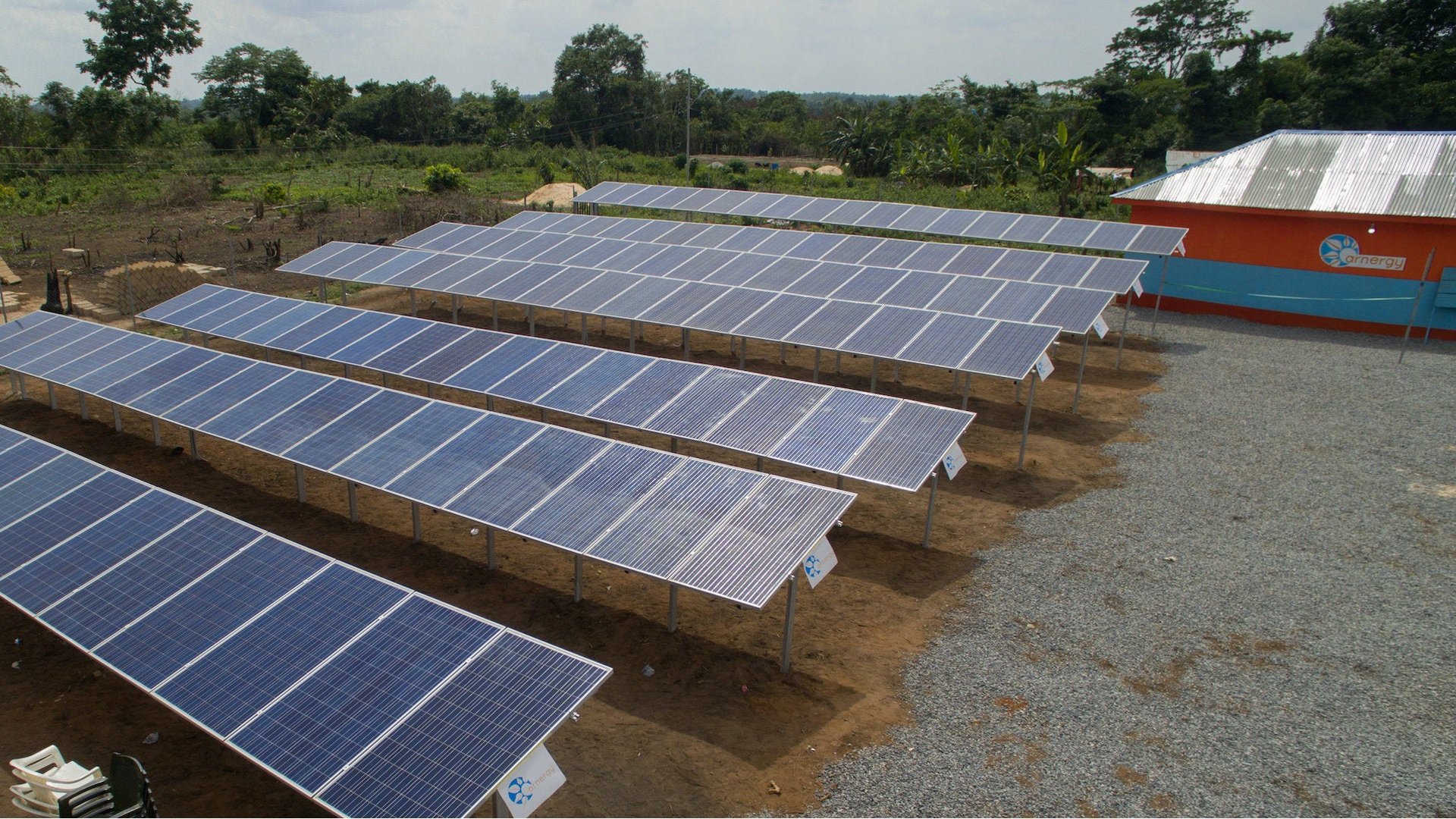The solution to Nigeria’s big electricity problem lies in thinking small
Nigeria’s electricity problems mainly revolve around a power generating system that doesn’t produce enough to match demand and an ineffective tariff system that means power distributing companies can hardly make a profit.


Nigeria’s electricity problems mainly revolve around a power generating system that doesn’t produce enough to match demand and an ineffective tariff system that means power distributing companies can hardly make a profit.
Just as crucial, there’s a significant infrastructure gap as more than half of Nigeria’s population lacks access to the national power grid. Across the country’s rural areas, the electrification rate is even lower.
One way to solve the problem is to take on the expensive and difficult task of connecting tens of millions of homes to the struggling national grid. But independent solar mini-grids offer a more feasible alternative, according to analysis in a report by the Rocky Mountain Institute and the Nigerian Renewable Energy Roundtable. With large-scale solar power projects likely to be delayed by high-level red tape, freeing developers to install mini-grids for local communities is a viable panacea.
The mini-grids “fill an important gap between expensive grid extension projects and low-power solutions like solar home systems” the report says. Mini-grids already exist across Nigeria. Indeed, in making its analysis, the report audits ten existing mini-grids in Nigeria which serve 2,000 households. The success of existing mini-grids which have implemented “cost-reflective tariffs and generated customer demand,” the report states, is evidence of “the potential profitability of commercial mini-grid projects.” Crucially, the market is evolving from projects backed by the government grants to viable commercial models.
There’s major upside for both customers and mini-grid developers if the local market is scaled. The report forecasts that deploying 10,000 sites with an output of 100 kilowatts (kW) by 2023 would power around 14% of the population. At that scale, tariff forecasts also show mini-grid developers can generate $3 billion in annual revenue.
An added boon for local communities are lower power costs in the long-term. A majority of residents in the communities served by the mini-grids report spending less on power compared to the expense of alternatives like a diesel and petrol power generator, the report says. It also projects that tariffs, currently high relative to the national grid, will fall by 60% in the next two years as more development occurs.
Already, eight of the 10 audited mini-grid projects say there are expansion plans for an additional 200 mini-grids across Nigeria.
But there’s still a part for government to play. While current policy—including regulation protecting the developers’ ability to set cost-reflective tariffs—is largely favorable, developers say that with several government agencies sharing overlapping mandates more clarity for enforcement and taxation is required.